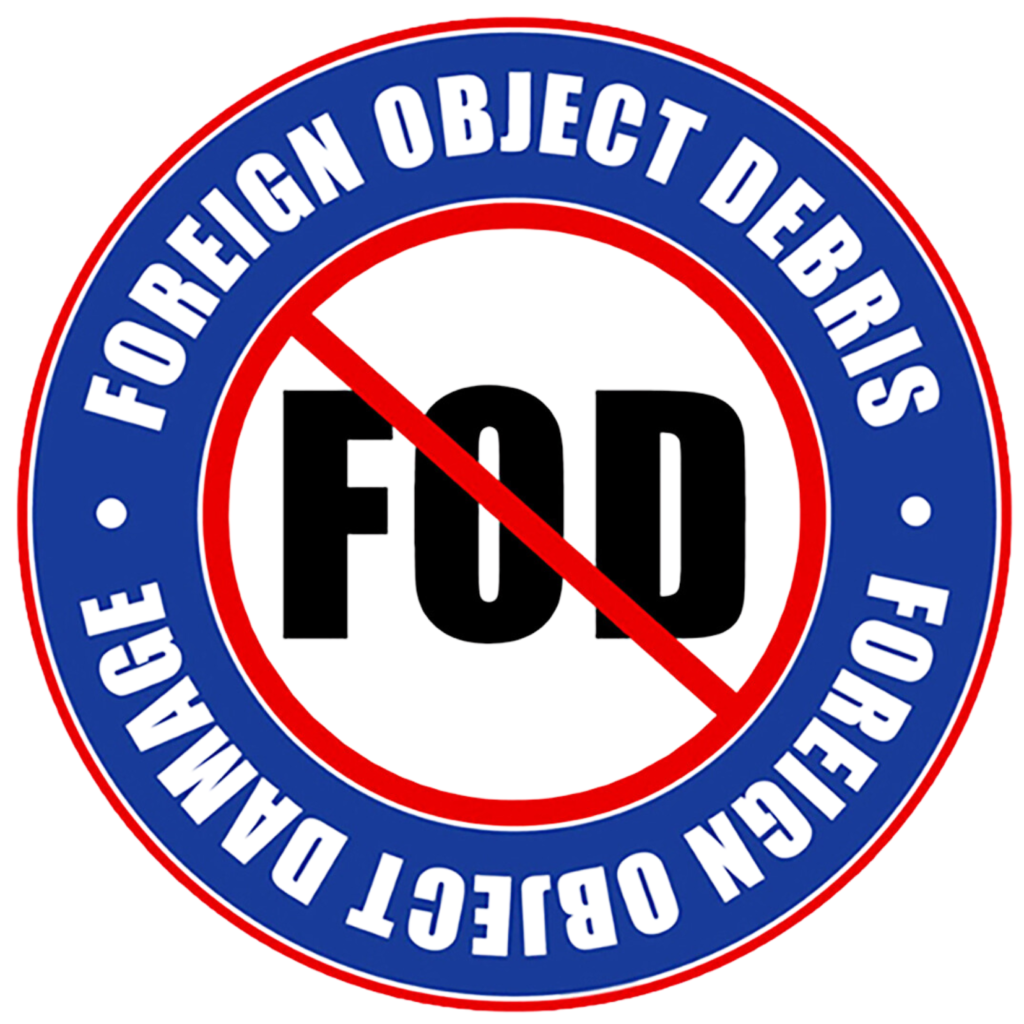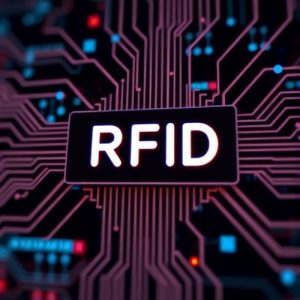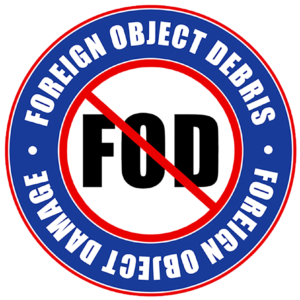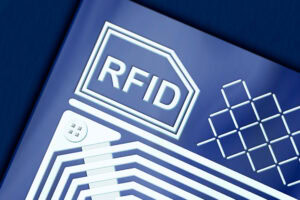In the aerospace industry, where harsh environments are common, high security is essential. This involves ensuring the safety of personnel, tools, materials, and aircraft equipment to prevent incidents and avoid productivity and quality losses. Indeed, it often happens that the tools and materials needed for production, maintenance, or airport operations are unavailable, broken, or improperly calibrated, among other issues. Each year, forgotten or lost tools (FOD: Foreign Object Debris) during assembly or maintenance activities on runways or critical areas account for 30% of civilian incidents, posing a significant security risk.
FOD: A Major Risk for the Entire Aerospace Industry
What is a FOD?
FOD or “Foreign Object Damage,” refers to the risk of the presence of foreign objects or debris in the Aerospace and Aeronautics sectors. FOD includes all equipment, tools, materials, and miscellaneous objects that can interfere with the proper functioning of aircraft, engine systems, or control mechanisms. The damage caused can range from minor to severe and is often costly, impacting both maintenance and flight operations. Repair costs can easily exceed 20% of the original price of the damaged part, thereby affecting production lines and aerospace companies.
Examples of FOD in Aerospace:
- Tools left in engine compartments or inside aircraft after repairs or during assembly.
- Maintenance debris left on runways or in hangars.
- Defective or improperly calibrated components used during maintenance stages.
Training and prevention: essential actions to avoid FOD
Although RFID technology plays a crucial role, effective FOD management also requires ongoing employee training and awareness. Regular training programs, along with frequent inspections of critical areas such as runways, hangars, and airports, are essential to ensure the absence of foreign objects. Practices such as “clean-as-you-go” have also proven effective, encouraging maintenance teams to remove debris as soon as it is identified.
A central element of this approach is the implementation of strict control procedures, such as managing tools through smart cabinet or RFID roller cabinets, ensuring flawless traceability.
RFID: The Traceability Solution to Prevent FOD
The use of RFID (Radio Frequency Identification) technology is a powerful solution for managing and tracking tools, parts, and materials in the aerospace industry. According to the National Aerospace FOD Prevention program, FOD costs the aerospace industry $4 billion annually, a figure that could be significantly reduced with the implementation of RFID.
Smart Cabinets and RFID tool carts that detect forgotten tools
NexCap® XL RFID Cabinet: Real-Time Tool Inventory
Designed for production environments, the NexCap® XL RFID Cabinet offers storage capacity for up to 400 RFID-tagged tools and provides precise tracking of tool movements with timestamped actions. The cabinet is equipped with 220V outlets to charge battery-powered tools, enabling comprehensive and real-time management of equipment used in aerospace maintenance.
I'm discovering this cabinet
NexCap® X-Draw et X-Draw Small RFID tool carts
These workshop trolleys bring tool management into a new era by providing precise and efficient traceability of all tool movements (borrowing, returning, calibration, etc.). They offer a storage capacity for up to 200 RFID-equipped tools, a load capacity of 30 kg per drawer, modular drawers, and a 15-inch industrial touch screen. They are ideal for assembly lines and MRO workshops.
Learn more about this tool cart
Search for and recover potential FOD
When a tool is lost, RFID technology provides an efficient solution for quickly locating it and avoiding potential FOD. Thanks to its contactless, long-range reading capability, RFID can detect a tool equipped with an RFID chip from several meters away. With a portable reader, an operator or tool manager can scan areas where the tool was last seen.
NEXESS has developed a comprehensive ecosystem to combat FOD using RFID technology. Smart cabinets and tool trolleys detect tools that have not been returned to their designated storage spaces. With the NexCap software platform and a tablet, lost tools can be located using a portable UHF RFID reader. This is the NexCap MAT (Mobile Assets Tracking) solution.
Technologies and complementary equipment for FOD prevention
Beyond RFID solutions, other innovative equipment such as specialized pouches or storage boxes made from durable materials offer additional options for managing tools in harsh environments. These solutions are designed to organize and secure tools, thereby reducing the risk of loss or misplacement.
Pouches integrated into RFID tool management systems also contribute to effective FOD prevention. When used with RFID technologies, these pouches enable dynamic traceability of tools, enhancing safety, productivity, and efficiency in aerospace operations.
Conclusion
FOD represents a serious threat to the aerospace industry, leading to significant cost and potential safety risks. Through the integration of RFID traceability solutions, it becomes possible to effectively reduce these risks, improve maintenance practices, and optimize the management of tools and parts. By combining advanced technology, continuous training, and on-the-ground vigilance, the aerospace industry can achieve a significant reduction in FOD-related incidents, thereby enhancing safety, productivity, and quality.
FAQ
FOD (Foreign Object Damage) refers to any foreign object that could cause damage to aircraft or their components. It poses a major risk to aircraft safety and can result in high repair costs as well as production interruptions.
RFID enables precise tracking of tool and part movements, recording every use, transfer, and location. This ensures that tools are not forgotten in critical areas and helps maintain real-time traceability.
RFID cabinets provide storage capacities tailored to the tools and equipment required for maintenance. They include touch screens, timestamping for every tool movement, and integrated charging systems, enabling precise and error-free management.
In addition to RFID technology, specialized pouches, durable storage boxes, and regular cleaning tools are also essential for preventing the loss or misplacement of tools and components in sensitive areas.


 Français
Français






